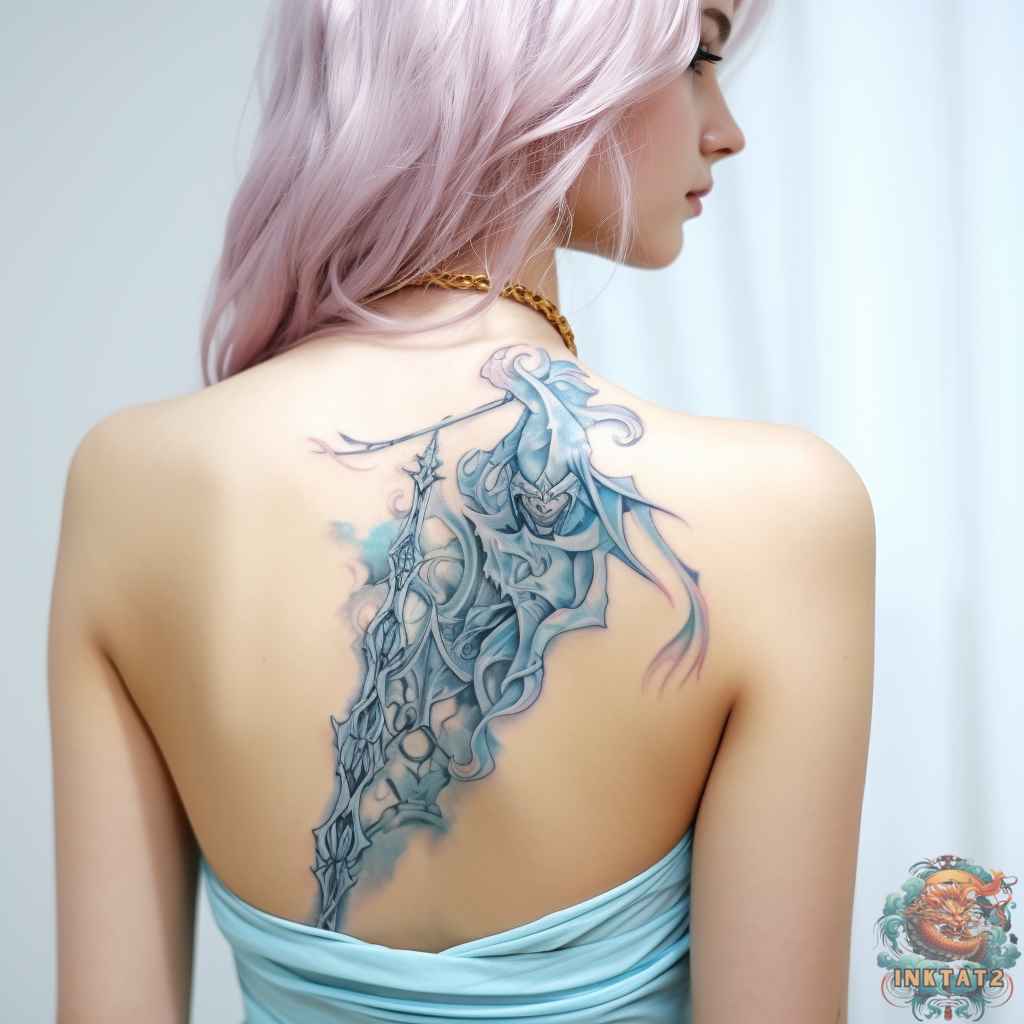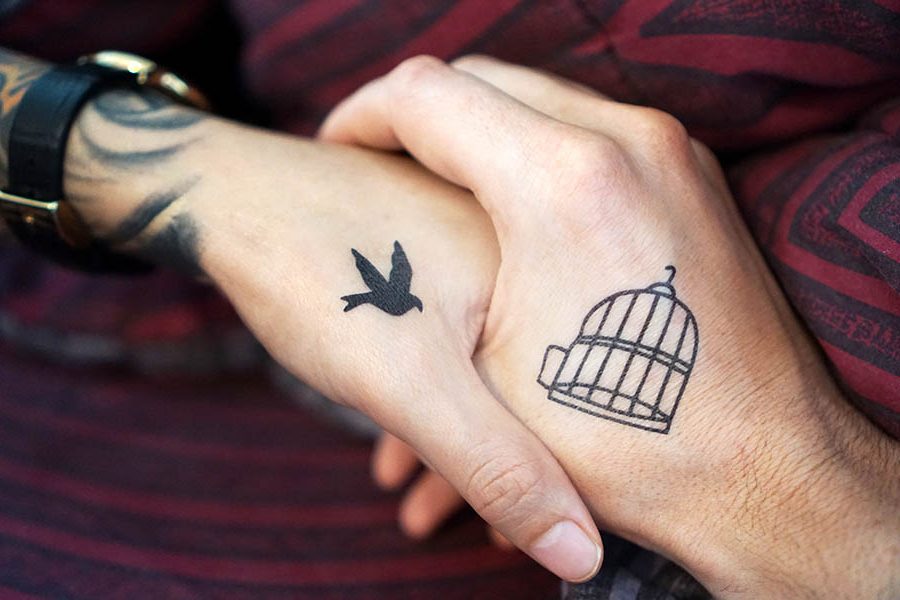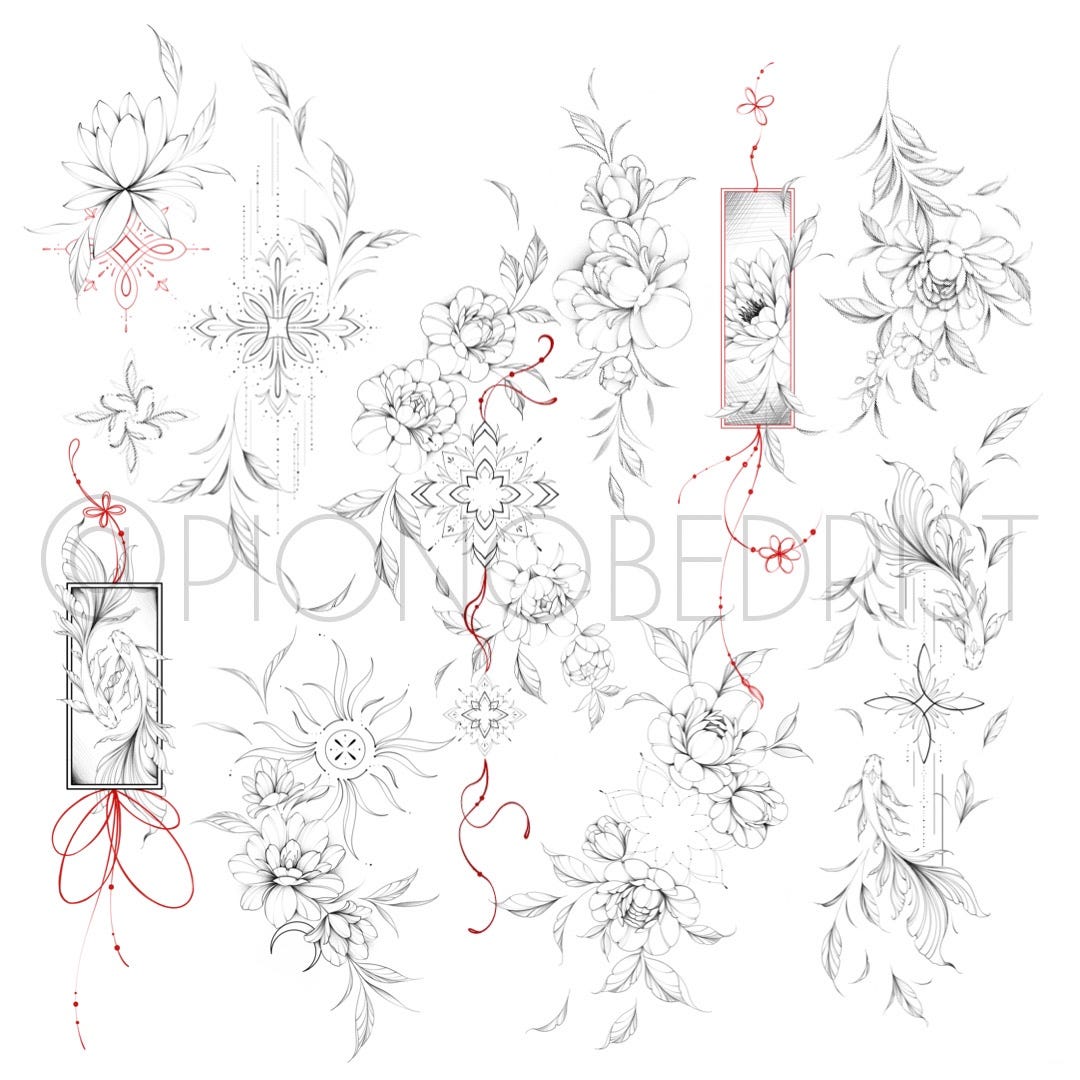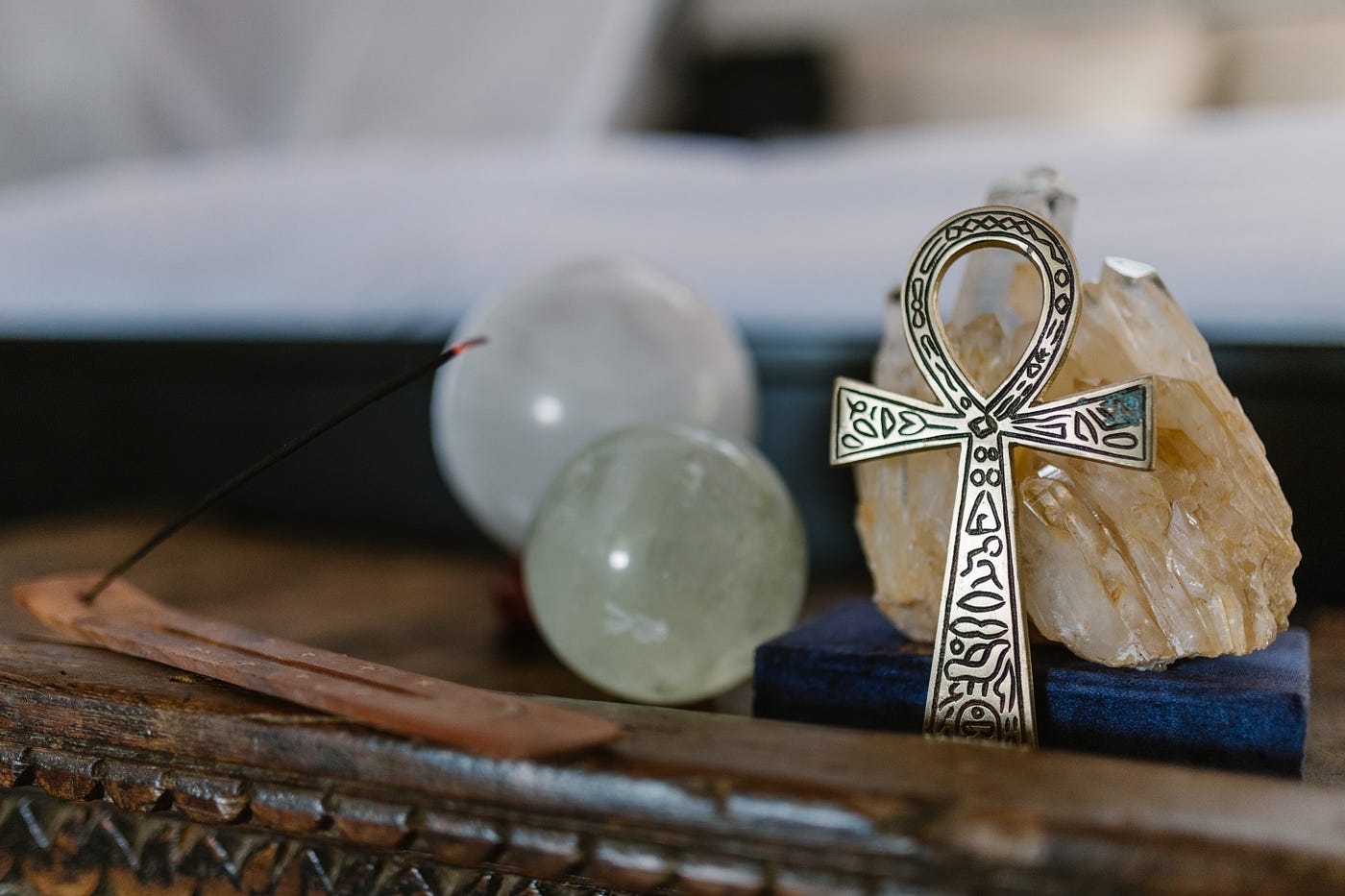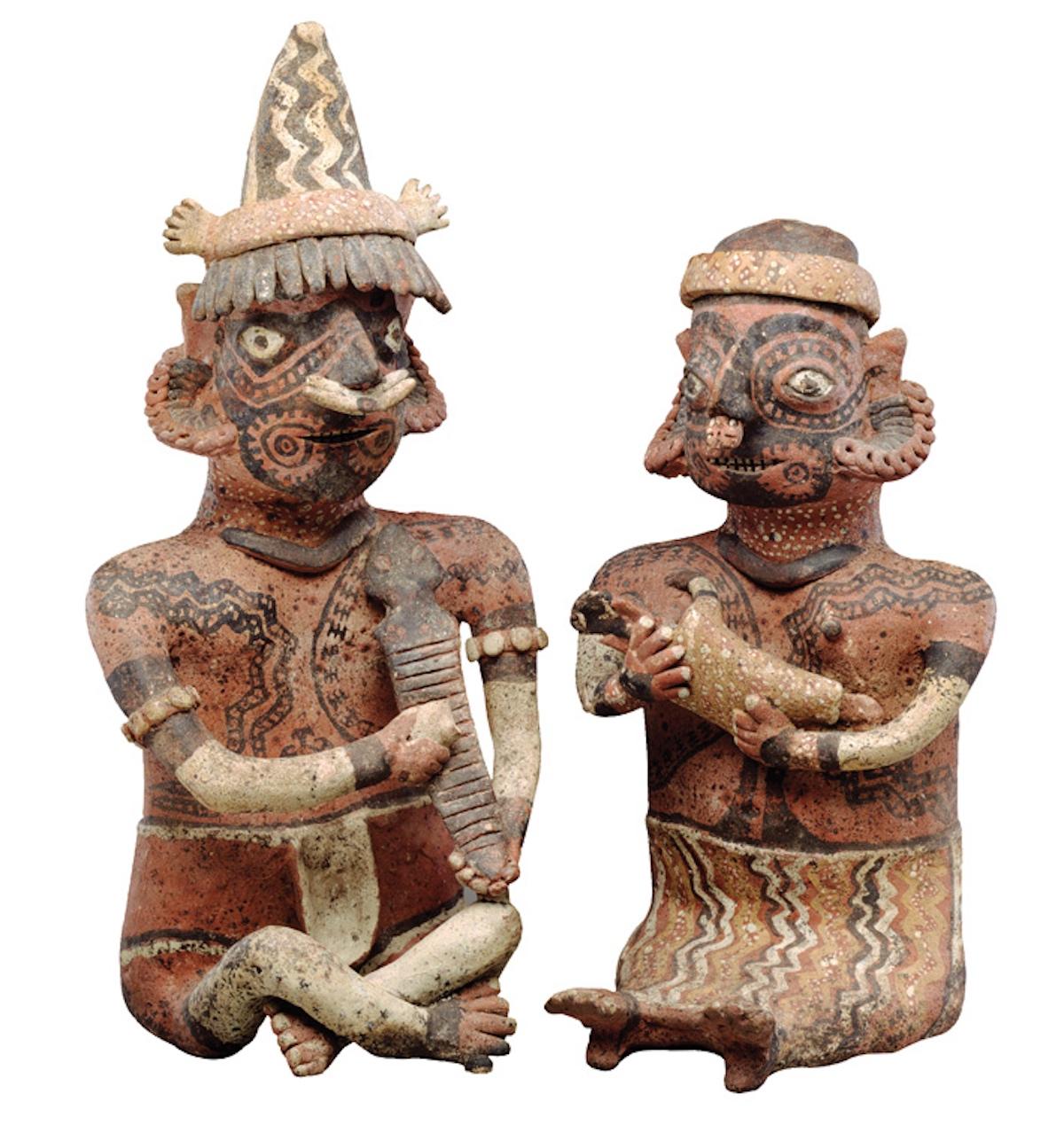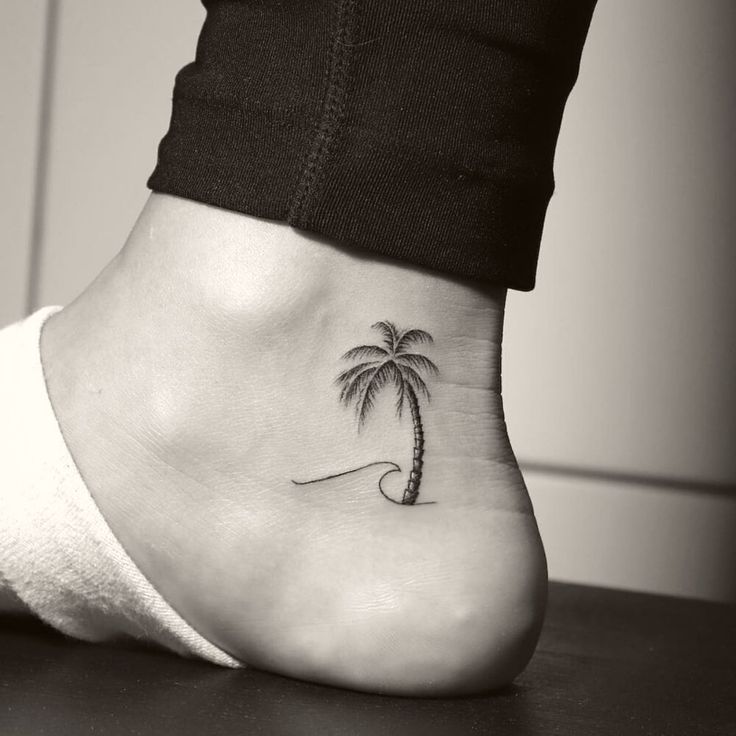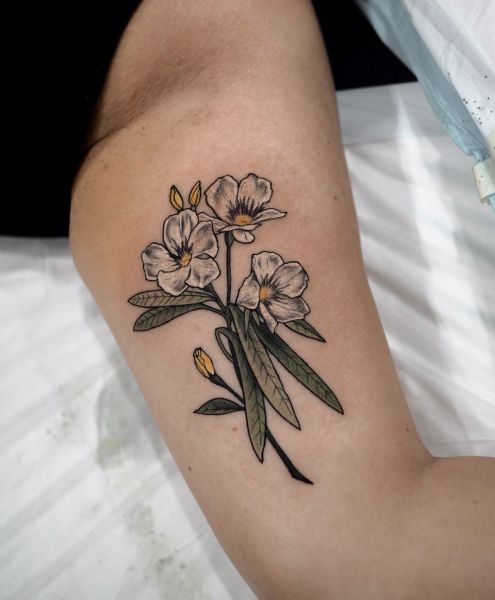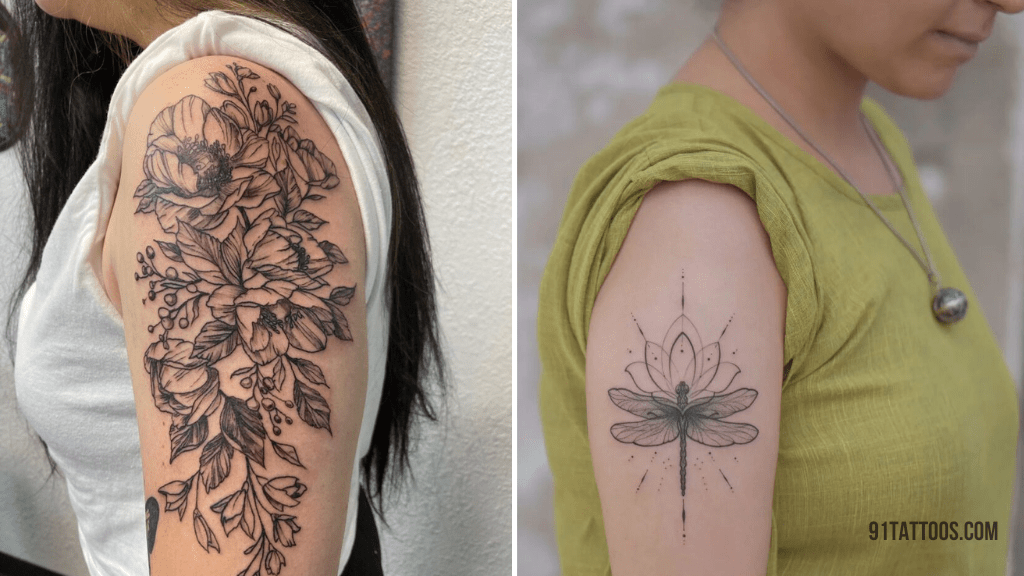– The article discusses the popularity of women getting Ankh tattoos, which are ancient Egyptian symbols.
– The Ankh symbol represents “life” or the “breath of life” and is associated with the goddess Isis and the Eye of Horus.
– In Ancient Egypt, people believed in life after death and would place Ankh amulets on the dead body for rebirth or immortality.
– Women in Ancient Egypt also had Ankh or Eye of Horus tattoos on their visible body parts.
– The Ankh is now more of a symbol of faith and spirituality rather than a religious or devotional symbol.
– The article provides a list of attractive Ankh tattoo designs, including one on a woman’s leg with colored ink and a vibrant blue flame.
– The Ankh is considered the first cross or the original cross, and it is associated with the concept of rebirth.
– The Ankh is also known as the “handled cross” or “crux ansata” and is often seen in the hands of Egyptian deities.
– The article discusses different designs of female Ankh tattoos and their meanings. It mentions a tattoo that features the Ankh symbol along with the Scarab and the Eye of Horus, representing rebirth and renewal.
– Another tattoo showcases the Eye of Horus on the palm, associated with protection and healing.
– There is also a grandiose tattoo that combines the Ankh symbol, the Eye of Horus, Nehebkau, and moon phases, each with their own symbolism such as death, immortality, and the afterlife.
– Skilled tattoo artists are recommended for these intricate designs.
– The tattoos typically feature the Egyptian goddess Isis and the Ankh symbol, representing fertility, women’s sexual energy, and eternal life.
– The Ankh is often held by Egyptian gods and goddesses, symbolizing the “key of life” or the “Key of Nile.”
– The tattoos can be seen on various body parts such as the back, leg, neck, ears, wrist, shoulder, and arm.
– Different elements and symbols are incorporated into the designs, each with its own meaning and connotation.
– Some tattoos focus on realism and resemble paintings.
– Tribal ankh tattoos, featuring the Eye of Horus with feathers as lashes, are also mentioned.
– Ankh tattoos are considered deep-meaning Egyptian tattoos and can be designed with or without other symbols.
– The article mentions a specific design of an Ankh tattoo on a woman’s chest, which features wings instead of the traditional “T” shape and the Eye of Horus beneath it.
– The dotwork in the tattoo is done well to enhance its beauty.
– Ankh tattoos were used as amulets or precious jewelry in history and are related to other symbols such as scarabs, the Eye of Horus, and Isis.
– Ankh tattoo designs are in high demand worldwide.
– The Ankh tattoo derives from the Egyptian civilization and represents eternal life.
– It was a symbol for the Pharaohs and is now a trendy tattoo design.
– The Ankh symbolizes rebirth, eternal life, the union between earth and the sun, the union between a man and woman, and the key to unlock different gateways and realms of life.
– People get this tattoo to remind themselves of positive growth and abundance.
– The tattoo can be placed anywhere on the body, with popular choices being the arm, chest, rib cage, wrist, hand, finger, or near the ear.
– There are different types of Ankh tattoos to choose from.
– The article discusses different types of Ankh tattoos, including the original symbol, ornate designs, colorful designs, designs featuring scarabs, and designs with writings.
– It provides links to view more design inspirations.
